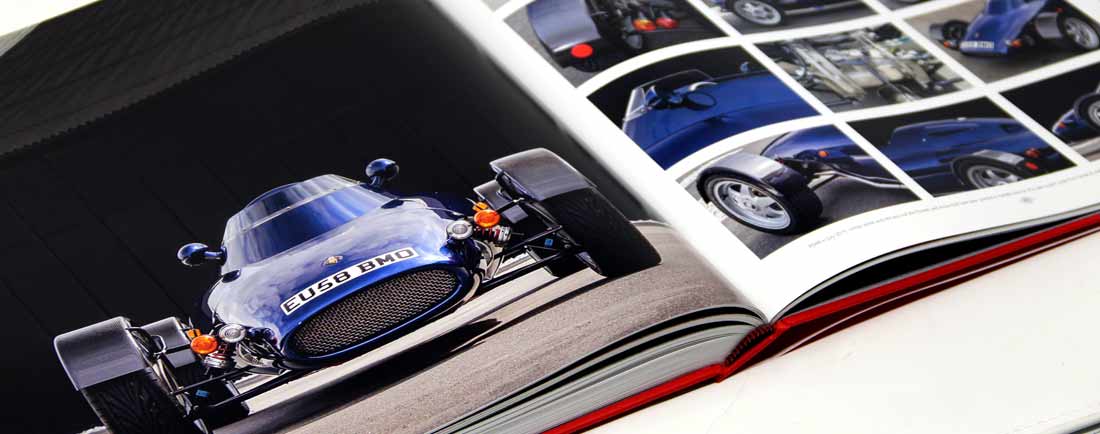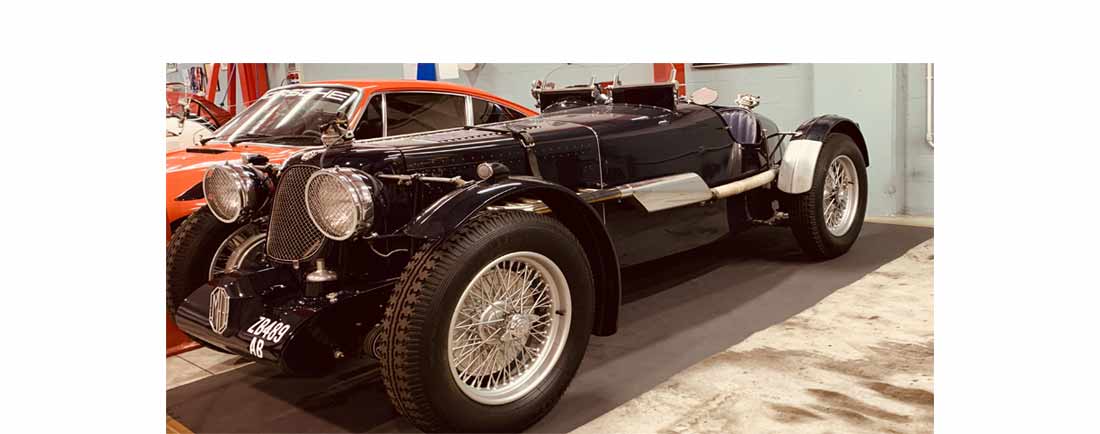
Rocket - In Gordon Murray's words
So far in my automotive career, I have designed upwards of 50 cars but the Rocket stands out as a very important and personal design for many reasons. Firstly, Chris and I had been talking about doing a car together for years, and it was the Rocket that finally brought us together. Secondly, I love a challenge. Even though Colin Chapman had been my hero during the early years, I felt that the Lotus Seven had held the ‘lightest production car’ record for long enough – 33 years! Thirdly, I had always wondered what it would be like to drive a sub-400kg car. The lack of mass and low polar moment of inertia would surely move a car into a completely different part of our vehicle dynamics world.

After starting at different poles, Chris and I began to relish the idea of building an ultra-light car, a new type of supercar where the power-to-weight ratio was achieved with the weight rather than the power.
It’s not very often that I have had the opportunity to design a performance car with very few rules, regulations or any other limitations. Racing cars are bound by many performance-related

regulations – road cars have none. The McLaren F1 and the Rocket are two examples where I had a completely clean sheet of paper, the result of which, for a car designer, is usually a vehicle that is totally focused in its design and pure in its character and driving dynamics.
The term ‘spaceframe’ is very misused these days. A true spaceframe has all of its elements in tension or in compression. The Rocket is as close as I have come to designing a pure spaceframe. It has one element loaded in bending (which required specifying a thicker-gauge tube) but it is satisfyingly light and rigid. The suspension and steering geometry on the Rocket was another labour of love, with absolutely pure characteristics and an active roll axis that dispensed with the need for a front anti-roll bar.
My original weight target was 350kg, but that was for a single-seater – Chris won the day with the argument that the Rocket should seat two. Inevitably that pushed the weight up, as did the fact that we had to give the car bigger wheels and tyres than it needed. In the end, the Rocket weighed in at 369kg.
The whole Rocket programme was littered with challenges. One of the biggest was using a motorcycle engine and gearbox for the first time in a modern car. Solving all of the related problems proved to be as interesting as it was difficult.
A true measure of how a design stands the test of time is the question to the designer, “What would you change if you had to do it again today?” It’s a question I often get asked about the McLaren F1. The answer in the case of the Rocket is quite, quite simply – very little. That said, I would love to see how the car feels on the correct size of wheel and tyre for its size and weight. The resultant weight, contact patch and inertia reduction would greatly improve the ride and handling and its straight-line stability. I would also redesign the cable attachment to the handbrake lever so that it works! But that is about it.
I am immensely proud of what our small team achieved with the Rocket and I am sure it will have a place in automotive history as a milestone vehicle. A big thank you goes out to Chris and the others for giving me the opportunity to realise the dream. Thank you also to Clive and Rick for capturing the story through this book. It is a testament to the little car that even today it puts a smile on my face every time I drive it, and whenever I am trying to convince someone just how powerful lightweight can be, I simply say: “Drive that!”
What Jay Leno thinks
The trouble with most supercars is that the sensation of speed is tempered by the progress of technology. One hundred miles an hour in a modern supercar feels like 60. ABS, traction control, power steering, power brakes – these are all there as a compromise to make the driving experience less intense and more palatable to a wider audience.
The antidote to that is Gordon Murray’s Rocket – designed and engineered without compromise to be the most satisfying and fulfilling road car ever developed, and to that end it succeeds brilliantly. How many road-legal cars have an rpm redline of 12,000? How many have two transmissions with a clutch and a combination of 12 possible speeds? How many with the driver on board weigh less than 1,000 pounds? And the ride is supple yet firm enough to have exceptional road holding ability.
From the mind of man who went on to build the greatest car of the 20th century, the McLaren F1, his prequel – the Rocket.
Click on the following link for more information on The Light Car Company Rocket - The Singular Vision of Two Men, by Clive Neville





Leave a comment
This site is protected by hCaptcha and the hCaptcha Privacy Policy and Terms of Service apply.